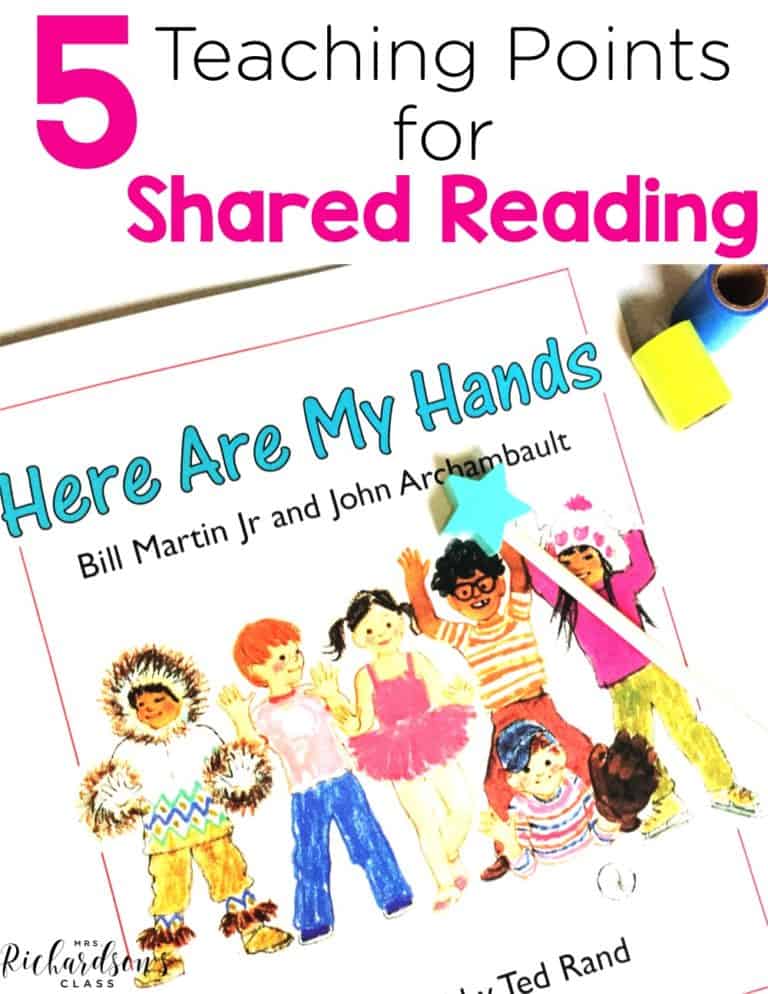

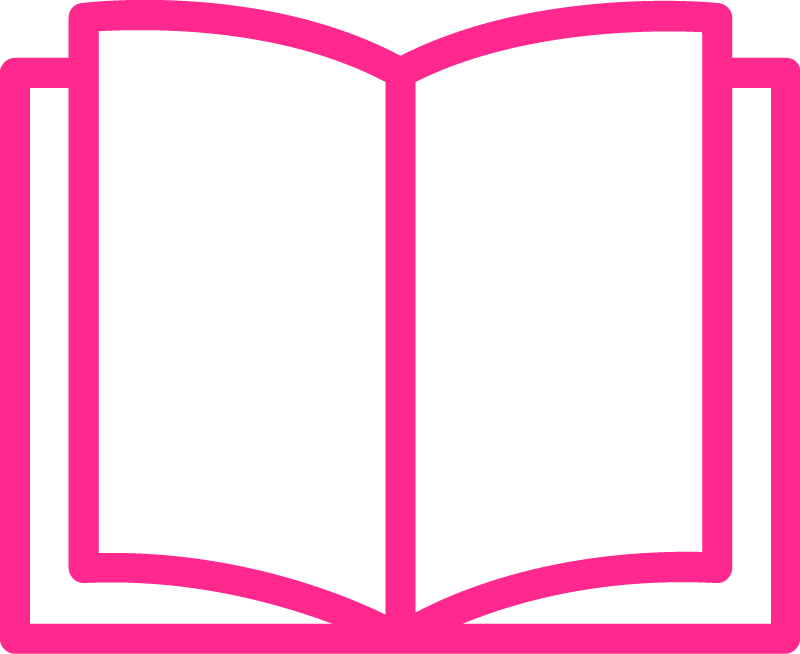
A step-by-step guide to getting started with guided reading to grow strong readers.
Guided reading. Those two simple words bring either happiness or fear to you. They bring happiness because you are able to reach each and every student, differentiate learning, meet each student where they are, and provide coaching as you see them blossom into a fabulous reader. They bring fear because you just don’t know where to begin when it comes to getting started. I know the feeling.
I know what it is like to want to get going, but not have the resources–you don’t have the materials and you don’t have someone modeling it in your classroom so you are wondering about and just hoping that you hit the nail on the head eventually. It’s just so tough.
You truly need a person in your classroom guiding you as you become familiar with the routine. I want to show you just what you need as you are getting started with guided reading.
This is the first and one of the most important step to being able to implement guided reading. The students need meaningful literacy activities. I have tried many different methods and in the end, I settled on a set of 8 stations that did not require me creating and introducing new games all the time.
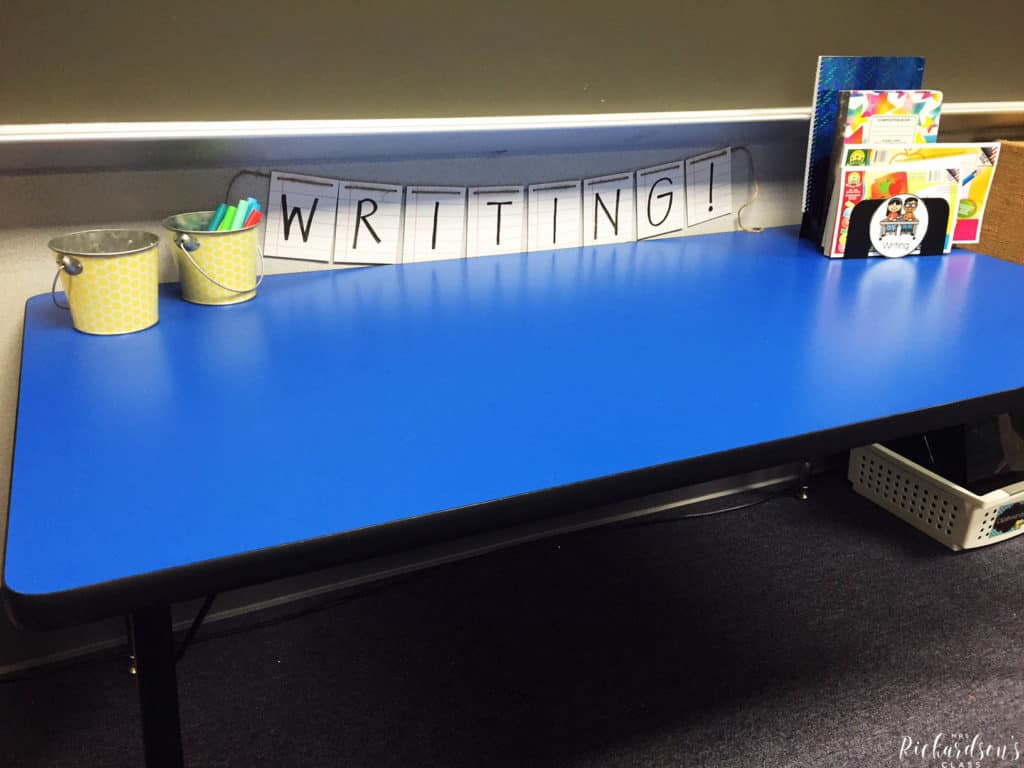
This is always done with a leveling kit (DRA, Fountas & Pinnell, Rigby, etc.). I have worked at a school before that didn’t have one and so I created one using the printable leveled readers we had. I take a running record on a cold read (book they have never read before) and am looking for the instructional level–90%-94% accuracy.
You can have groups based on reading levels or reading strategies that they need focus on. You can read more on a common misconception about that HERE. I always like to use my guided reading binder to keep all of this information in and to organize my groups!
I always like to use small post-its. I write each student’s name on the post-it and then I move them around as needed!
Everyone has their list of favorites, even I do HERE in this blog post, but there are some essentials that you need day one.
Yes, it’s GO TIME! Grab your tub of leveled materials, grab the detailed lesson plan provided here in this bundle, and get to work! As you begin to get your feet wet with this, having a detailed lesson plan to guide you is one of the best tools you can have. Eventually you will fly solo and will be able to write your own plans in your sleep, but until then, I am here to hold your hand and help you figure it all out.
If you are looking for some guidance with your lesson plans and in need of books, be sure to check out the Guided Reading BUNDLE: Levels A-D!
Do you have some questions about getting started with guided reading? Leave them below! Let’s chat!!
pin it
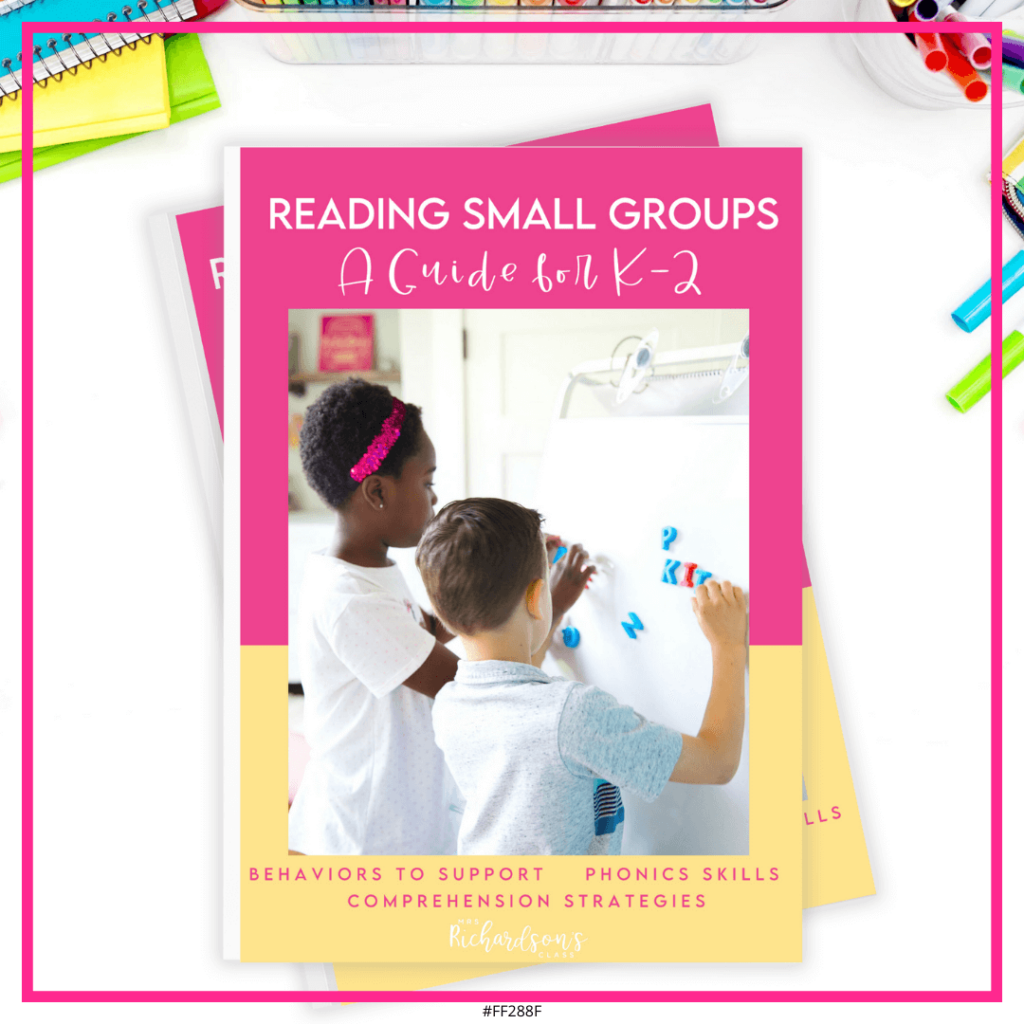
Want to use the latest research to boost your readers during small groups? This FREE guide is packed with engaging ideas to help them grow!
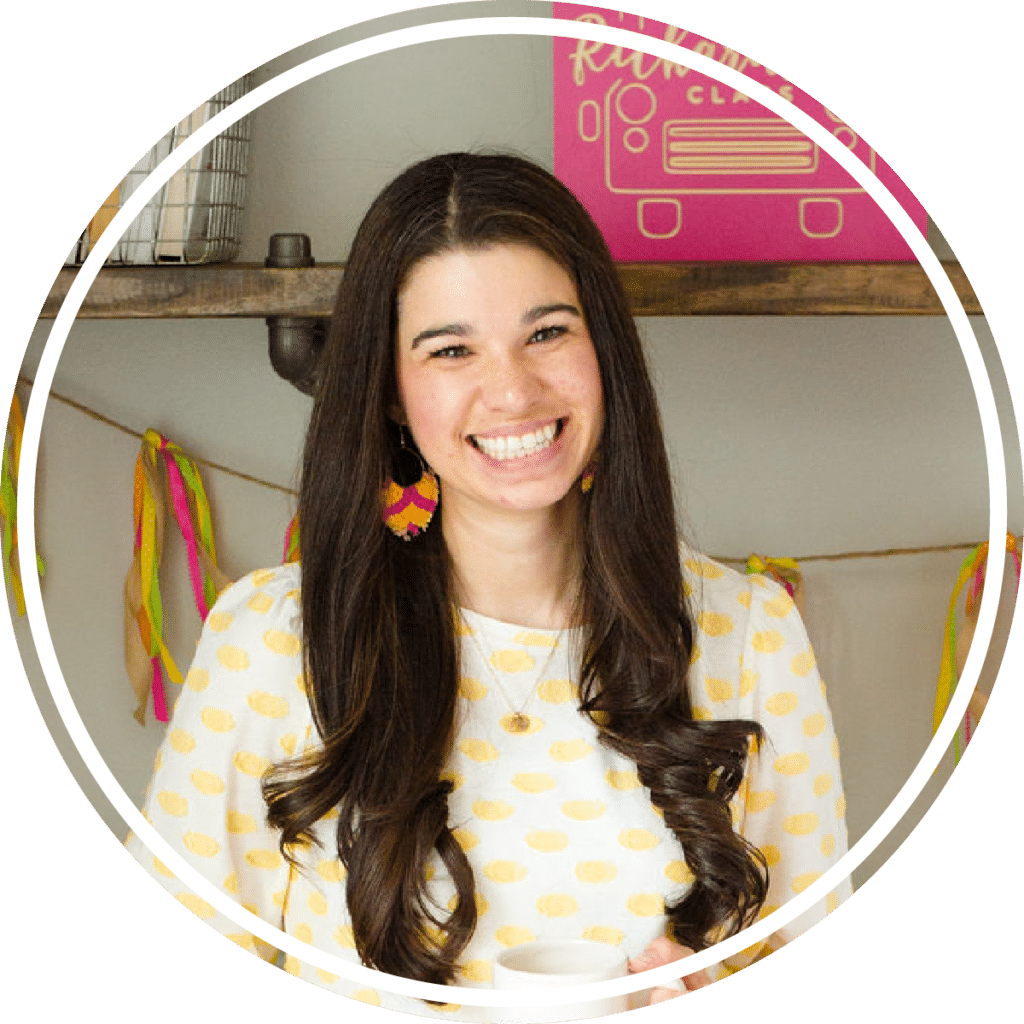
I’m a K-1 teacher who is passionate about making lessons your students love and that are easy to implement for teachers. Helping teachers like you navigate their way through their literacy block brings me great joy. I am a lifelong learner who loves staying on top of current literacy learning and practices. Here, you’ll find the tools you need to move your K-2 students forward!
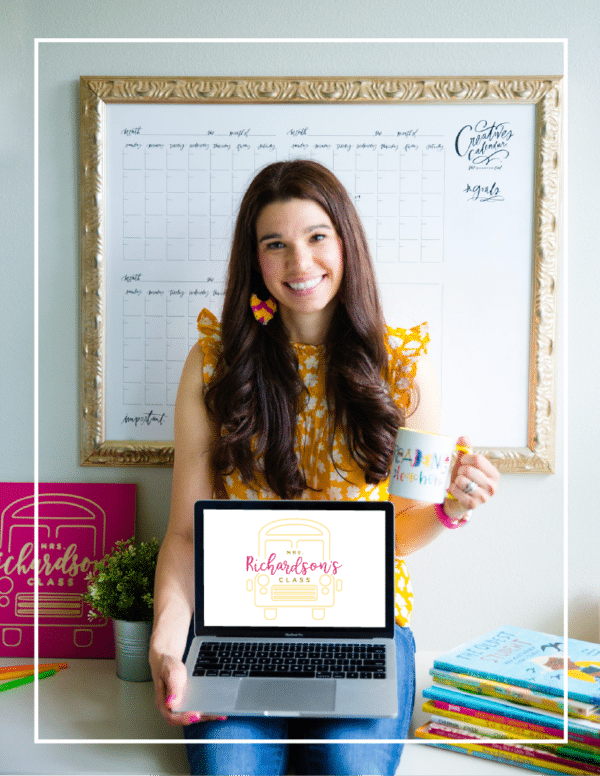
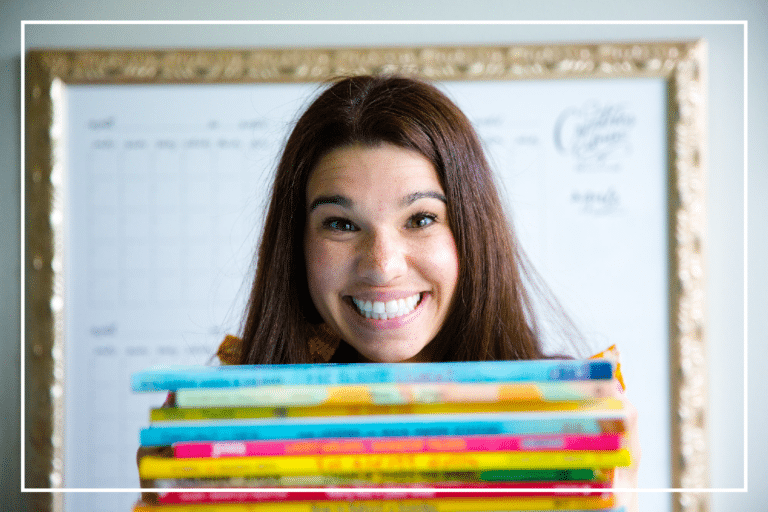
| Cookie | Duration | Description |
|---|---|---|
| cookielawinfo-checkbox-analytics | 11 months | This cookie is set by GDPR Cookie Consent plugin. The cookie is used to store the user consent for the cookies in the category "Analytics". |
| cookielawinfo-checkbox-functional | 11 months | The cookie is set by GDPR cookie consent to record the user consent for the cookies in the category "Functional". |
| cookielawinfo-checkbox-necessary | 11 months | This cookie is set by GDPR Cookie Consent plugin. The cookies is used to store the user consent for the cookies in the category "Necessary". |
| cookielawinfo-checkbox-others | 11 months | This cookie is set by GDPR Cookie Consent plugin. The cookie is used to store the user consent for the cookies in the category "Other. |
| cookielawinfo-checkbox-performance | 11 months | This cookie is set by GDPR Cookie Consent plugin. The cookie is used to store the user consent for the cookies in the category "Performance". |
| viewed_cookie_policy | 11 months | The cookie is set by the GDPR Cookie Consent plugin and is used to store whether or not user has consented to the use of cookies. It does not store any personal data. |
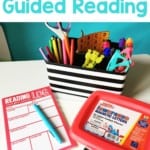
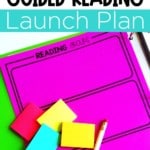
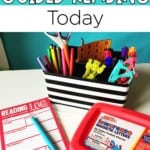
42 Responses
Great post- even after teaching for over 30 years, I still look for new ideas, validation for things I already do, new resources, and reminders of best practices! Every year is like a first year- never gets old. Each class brings a fresh start and a chance to improve! Thanks for your great products and blog posts!
Dianna, I LOVE your comment!! Spoken like a true lifelong learner!!
My favorite guided reading tool are my word work folders.
Oooo!! I bet those make word work during guided reading super easy to manage!
Your post was wonderful! My guided reading instruction is so much better than it was 5 years ago. I’ve learned so much from other teachers, like you, who share their knowledge. I felt really successful this year and look forward to learning more over the summer and putting it to use in the fall. Thank you
P.S. I bought your A-D bundle and can’t wait to use it!
I have just started teaching guided reading. I love your idea about making notes on the sticky notes.
Hmmmmm my favorite guided reading tool… it’s hard to pick just one. I would say magnetic letters and personal dry erase boards.
Congratulations Elizabeth!! You are our winner!! I will email you soon to iron out details of your prize! 🙂 YAY!!
Yay! Thank you so much!
My favorite guided reading tools are magnifying glasses or rocks!
I LOVE that black and white organizer!!! Of course, all the school supplies are lovely too I am hoping to implement guided reading next school year, so I’m very new to it! I think my favorite tool would be any kind of organizer or write – on/wipe-off tool. I love things that are versatile!
My favorite guided reading tools is sentence strips. I like to write sentence frames like cloze sentences then have students practice by writing sentences in their notebook. I’m working on establishing my word work tools.
I like to use dry erase boards and markers!
Post-it notes!
I love using fun pointers (drink stirrers) with my groups to work on tracking. We call them our magic wands and the kids love them!
My favorite guided reading tool is magnetic letters.
I love my magnet letters and dry erase boards. I have to admit I am ALWAYS looking for new and engaging ideas to bring to the table!
Hi there
Thank you for this post and the links to other useful information!
I teach K/1 and guided reading is my favourite time of the day (when my other students can work independently). My favourite reading tool is currently these icepole sticks with googly eye on them to help support students with pointing to the words.
Do you have any tips for students with challenging behaviours or emotional or social delays who is operating a bit younger and struggles to stay on task? Was thinking a reading rotation timetable with velcro and stuff that teachers create for ASD students.
Looking to reading all this stuff on the other links shared in this post later today!
Lexi
Hi Lexi!! I think that is a fabulous idea! Often times with my little ones who struggled to pay attention for more than a few minutes, I just had to remember that while at my guided reading time I had to keep us moving and engaged! So we jumped from activity to activity quickly and I was a little actress and was SUPER excited about everything! ha ha! Another thing I found was that while I was providing quality literacy activities for them to do while not at my table, they struggled to stay on task. It helped to pair them with a child who was focused and stayed on task and who wasn’t easily swayed. I’m so glad you have found my blog helpful! Let me know if you ever have any questions. I am always happy to help! 🙂
My students and I love our magnet letter and dry erase boards. Finger pointers for tracking are also a favorite tool for Guided Reading.
Guiding reading is my favorite part of the day. My favorite tools are dry erase boards and magnetic letters.
I’m moving from teaching second grade math and science to self contained. It’s been 3 years since I’ve taught ELA, and I did guided reading. I definitely need a refresher.
Post it notes for sure! Great for marking pages, taking notes, students writing what they are learning, etc
I love using read to self phones! It helps keep the noise level down so no one is worried about any one else and their reading and I am able to listen in easier on one little friends reading.
I love using highlighters and white boards. The kids love using a variety of pointers.
It’s hard to say what my favorite guided reading tool is but it would either be post-it notes or dry erase boards & markers!
Cannot wait to use your tips for guided reading implementation in the fall! I love the ideas and recommendations for the perfect guided reading tool kit.
Thank you so much for this post! I’m constantly trying to improve my guided reading and literacy stations! This is an amazing resource!
Next year will be my fifth year teaching, my third year in kindergarten. My goal for next year is to find a way to make guided reading work with my littles. I just haven’t managed to really hit my stride with it yet. I’m excited to try some of your strategies to help me! Thanks for sharing!
My favorite tool is posit notes! I would forget everything if it wasn’t for postits!
HI Amanda,
I just purchased your guided reading curriculum. I wanted to know if you have a master list for each level listing the order the sight words are introduced and letters for the word work activities?
Hi Amanda, Please disregard my request. I just found the list.
Thank you
So glad you found it!! 🙂
Hi,
I love your ideas and resources. I really wanted yo check out the BlairTurner papers, but the website doesn’t work
Hi Elizabeth!! Thank you so much! I just clicked on the link and though I could get to her store, when I went any further, it said it was currently closed. I’m so sorry about that!! I’ll reach out and see what I can find. 🙂